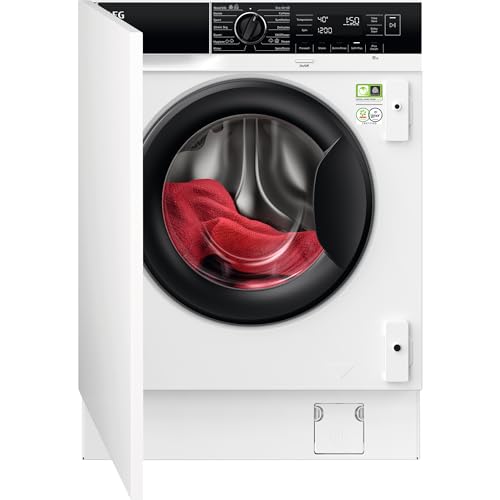Understanding Your Needs: Choosing the Right Tablet for You
Identifying Your Purpose
When searching for a tablet under £100, it’s essential to first identify what you plan to use it for. If you’re looking for a device primarily for browsing the internet, checking emails, or reading e-books, most budget tablets will meet your needs. However, if your goal is to play games or use productivity applications, then we should consider tablets with slightly better performance specifications.
Consider Your Usage Environment
Next, think about where you intend to use your tablet most. Will it primarily be used at home, or do you need a device that’s highly portable for use on the go? If portability is paramount, choosing a lightweight model with a decent battery life becomes crucial. Many affordable options offer a good balance of size and weight, ensuring you can comfortably carry them without sacrificing functionality.
Key Features to Look for in a Tablet Under £100
Display Quality
One of the first features we should evaluate is the display quality. A good resolution, ideally something close to HD, makes a significant difference in user experience for both reading and watching videos. Look for tablets with IPS displays for wider viewing angles and vibrant colours, as these will enhance your overall enjoyment.
Processing Power and Storage
Processing power isn’t just for high-end devices; many budget tablets boast respectable performance, allowing smooth multitasking and app usage. Look for a tablet with at least 2 GB of RAM for decent performance. Storage is also a key factor—ideally, between 16 GB to 32 GB would allow you to download essential apps and store important files.
Battery Life
Battery life can often be overlooked. We recommend aiming for a tablet that lasts at least 8 to 10 hours on a single charge, as this ensures you can use it throughout the day without frequent recharging. Check user reviews for real-world battery performance, as specified battery life can sometimes be overly optimistic.
Top Recommendations: Our Picks for Best Budget Tablets
Model A Overview
Model A stands out for its exceptional display quality combined with a lightweight design, making it a favourite among casual users. With a respectable battery life and ample storage, it manages to cover the basics effectively while keeping a budget-friendly price tag.
Model B Overview
Model B is perfect for those who multitask. It comes equipped with an efficient processor and a well-optimized operating system that allows for smooth transitions between apps. Its battery life is equally impressive, ensuring that it stays powered through your daily activities.
Model C Overview
Model C is our top recommendation for families. With parental controls and a durable design, it’s built to withstand the rigours of child use while still offering decent performance for adults. This model strikes a balance between durability and user-friendly functionality, making it a wise investment.
User Experience: What You Can Expect from Affordable Tablets
Everyday Usage
Using a budget tablet for everyday tasks generally provides a satisfactory experience. We find that performing basic functions like web browsing, social media, and streaming is usually seamless, provided the model chosen meets the performance specifications we’ve discussed.
Performance Limitations
While affordable tablets can handle routine tasks effortlessly, they may struggle with more demanding applications like high-end games or multitasking extensively across multiple heavy apps. Keeping expectations aligned with the price and focusing on simpler uses will lead to greater satisfaction.
Frequently Asked Questions About Tablets Under £100
Can I use a tablet for work?
Yes, many budget tablets can handle basic work tasks, such as email, document editing, and video calls, especially if you opt for models with multitasking capabilities and a good battery life.
What’s the difference between a tablet and a smartphone?
The primary difference is size and usability. Tablets feature larger displays making them suitable for media consumption and productivity, while smartphones are designed for portability and communication on the go.
Should I buy a new or refurbished tablet?
For the best value, purchasing a new tablet with the desired specifications typically provides a longer lifespan and warranty. While refurbished tablets can be a cheaper option, ensure they come from reputable sources to avoid potential issues.



















